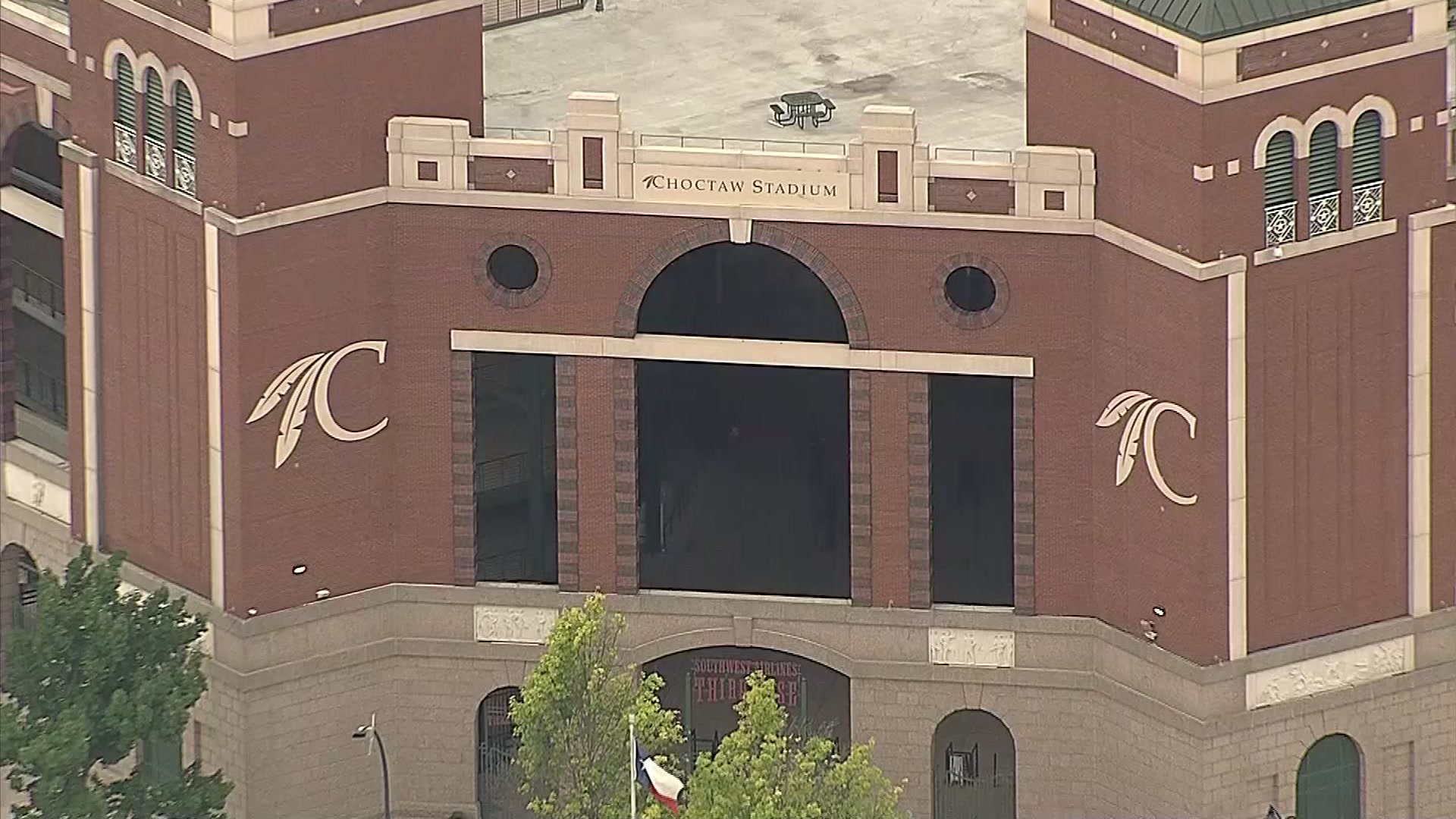Normally the flat fields surrounding this small farming community display neat rows of cotton running to the horizon and grain sorghum with heavy seed heads waving in the breeze. But now dozens of wind turbines whirl lazily above a patchwork of fields, some completely barren, others displaying only spotty growth.
South Texas is in the midst of a years long drought that is the driest ever recorded here. While swaths of the state have somewhat recovered from the historic dry spell of 2011, farmers in this agriculture-rich region are dealing with massive crop losses in which entire fields have been wiped out.
"It's been a hard year, difficult to figure out what to do, difficult to manage the situation," said Harold Parker, 64, who has some fields east of Lyford that display what can most generously be called uneven growth.
Parker's sorghum that sprouted a couple months ago is now more than a foot tall, sitting beside sections of 2-inch-high green sprouts that only came up after a good rain at the end of April.
The entire region is in severe, extreme or exceptional drought and crop losses are mounting as insurance adjusters travel field to field. Agriculture officials have predicted losses of cotton, corn and grain sorghum crops could double the region's $50 million lost in 2006, though the claims are still coming in.
Alfredo Vega, a meteorologist with the National Weather Service in Brownsville, said the area has endured its driest spell since record-keeping began in 1895. For a 30-month period ending in March, only 30 inches of rain fell in the Rio Grande Valley, which was 8 inches less than the previous record holder in the 1950s.
Frank White, general manager for Irrigation District No. 9 straddling Hidalgo and Cameron counties, said he's only been able to give his customers water to irrigate once this season.
Local
The latest news from around North Texas.
In a normal growing season with intermittent rainfall, White said he uses 150,000 acre feet of irrigation water. He started this year with less than 40,000 acre feet. Border politicians have railed against Mexico, which is also experiencing the drought, for not contributing enough water to the Rio Grande. "My heart really goes out to these guys," White said. "They're scared."
Going into the spring planting, farmers already knew it would be difficult. Everyone could feel the soil was dry, there wasn't rain in the forecast and even those with irrigated fields saw the reservoirs on the Rio Grande were low. So farmers played with planting times, leased fields over a wider area hoping to increase their chances of catching rain and weighed the use of faster-growing, lower yield sorghum varieties that would allow them to harvest quickly.
Parker, who took over his family's farm in 1994, planted all grain sorghum on about 160 acres of fields scattered around his home this year. But the work has been trying since the get go. Planting was halted at points because dry northern winds made it too risky to open up the soil and lose what little moisture it still held.
Insurance adjusters have already written off entire fields where cotton crops never broke the surface, but Parker said his adjuster told him he'd have to wait until the harvest to see if his grain yield falls below the level that will trigger the policy.
Two hours north of Lyford, Debra Barrett sees evidence of the persistent drought in cotton and grain sorghum fields she and her husband farm near Edroy, northwest of Corpus Christi. Some cracks in the clay soil on their acres are 3 inches wide and a foot deep. The dryland cotton acres the Barretts planted earlier this year didn't make it, so they walked away from it.
"Sometimes it's hard to sleep at night when you know how much is invested in each acre," said the 54-year-old National Cotton Board member, who has farmed the land since 1980. "And when I pull up the long-term outlook for rain and there's nothing to look forward to for weeks, it's quite daunting."
Despite the drought most farmers are committed to staying the course. They're bolstered by good commodity prices and insurance. But because the region has been drier than normal for a few years the insurance coverage umbrella isn't as large these days, said Jeff Nunley, executive director of the South Texas Cotton and Grain Association. Coverage is based on a 10-year average, so as bad years come and go the amount farmers get declines, he said.
At the Willamar Grain Elevator in Raymondville, about five miles north of Parker's farm, manager Gary White scribbled commodity prices into a notebook recently. He's bracing for the worst.
"We're just like the farmers. If they get half, our business goes to half, too," he said. He expected the cotton harvest there would be about 10 percent of normal and grain about half.
"This is the worst one we've had in forever, I imagine," White said.
Gary Busse who followed in his father's footsteps as a farmer here and has a son doing the same, explained that some farmers might plant a second crop in their failed fields this season so they have something to show. But farmers are painfully aware that any move they make to salvage this season could put them behind for next.
Busse said that second crop will suck moisture from the ground that's supposed to be what makes next year's spring planting possible. Then again, "if the land lays bare all through the summer, that's going to hurt your production next year," he said.
Drought expert Travis Miller with the AgriLife Extension Service said South Texas hasn't come out of the drought of 2011, the state's driest year ever. "They talk about praying for a rain with a name," he said of producers he's talked with. "I don't think anyone wants a category 4 but a tropical system can break" the long dry spell.



